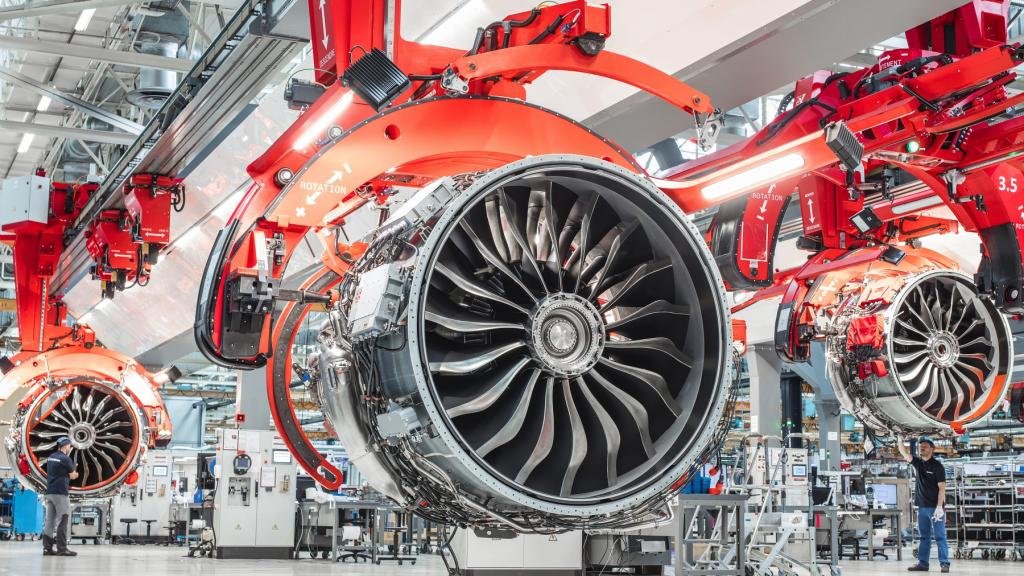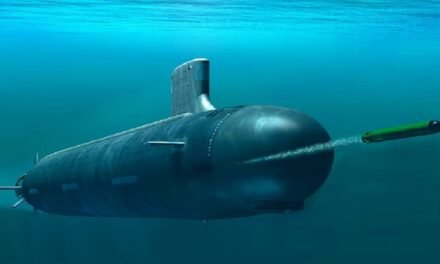The aircraft manufacturing process is a highly complex and regulated procedure that involves several stages, from design to final assembly and delivery. Each stage requires precision engineering, adherence to strict safety standards, and coordination among multiple stakeholders. Here are the primary stages of aircraft manufacturing:
1. Concept and Design
This stage involves the creation of the aircraft’s initial blueprint, incorporating customer requirements, regulatory standards, and innovative technologies.
- Concept Development:
- Identify market needs, such as passenger capacity, range, fuel efficiency, and specific operational requirements.
- Example: Airlines may request custom configurations for commercial aircraft, such as seating arrangements or cargo capabilities.
- Preliminary Design:
- Engineers and designers use computer-aided design (CAD) software to create conceptual models.
- Emphasis is placed on aerodynamics, structural integrity, and fuel efficiency.
- Detailed Design:
- Develop detailed schematics for every component, subsystem, and assembly.
- Digital twins and simulation tools are often used to test the design virtually before physical production begins.
2. Engineering and Prototyping
This stage translates designs into prototypes to validate the feasibility, performance, and safety of the aircraft.
- Material Selection:
- Choose materials such as lightweight composites, aluminum alloys, and titanium for optimal performance.
- Structural Prototyping:
- Build and test small-scale models or components to validate aerodynamic properties, structural strength, and load distribution.
- Wind Tunnel Testing:
- Conduct aerodynamic tests in wind tunnels to optimize performance and ensure stability under various conditions.
- Virtual and Physical Simulations:
- Test digital models and create functional prototypes for critical systems like avionics, engines, and landing gear.
3. Component Manufacturing
The manufacturing of individual parts and subsystems takes place, often distributed across a global supply chain.
- Subcomponent Fabrication:
- Parts like wings, fuselage sections, engines, and avionics are manufactured at specialized facilities.
- Additive manufacturing (3D printing) is increasingly used for producing lightweight and complex components.
- Supplier Coordination:
- Tier-1, Tier-2, and Tier-3 suppliers manufacture and deliver parts according to the aircraft manufacturer’s specifications.
- Example: Rolls-Royce or Pratt & Whitney supplies engines to OEMs like Boeing and Airbus.
4. Subassembly
This stage involves assembling individual parts into larger modules or subsystems.
- Wing Assembly:
- Wing sections are joined and integrated with control surfaces, wiring, and fuel tanks.
- Fuselage Assembly:
- Fuselage sections are joined and reinforced, incorporating wiring, insulation, and basic structural elements.
- Avionics Installation:
- Critical electronic systems for navigation, communication, and flight control are installed.
5. Final Assembly
In this stage, the main components of the aircraft are integrated into a complete structure.
- Component Integration:
- Major assemblies like the fuselage, wings, tail, and landing gear are brought together and connected.
- Precision alignment and quality control are critical to ensure structural integrity.
- Interior Fit-Out:
- Install cabin features such as seating, lighting, in-flight entertainment systems, and galleys based on customer specifications.
- System Testing:
- Conduct preliminary checks on hydraulic, electrical, and mechanical systems.
6. Testing and Certification
Aircraft undergo rigorous testing to ensure they meet regulatory and performance standards.
- Ground Testing:
- Verify the functionality of systems like avionics, engines, landing gear, and hydraulics.
- Examples: Static load tests, electrical system checks, and fuel system tests.
- Flight Testing:
- Test the aircraft in real-world conditions to evaluate aerodynamics, stability, and system performance.
- Pilots and engineers analyze data to confirm compliance with safety standards.
- Regulatory Certification:
- Obtain airworthiness certification from aviation authorities like the FAA (Federal Aviation Administration), EASA (European Union Aviation Safety Agency), or other national agencies.
7. Painting and Customization
This stage tailors the aircraft to the customer’s branding and functional needs.
- Exterior Painting:
- Apply customized liveries, logos, and designs to the aircraft’s exterior using environmentally friendly paints.
- Cabin Configuration:
- Finalize customer-specific interiors, such as seating layouts, luxury amenities, and cargo configurations.
8. Delivery and Integration
The completed aircraft is delivered to the customer and integrated into their fleet.
- Final Inspections:
- Perform a comprehensive quality assurance check to verify that the aircraft meets all specifications.
- Customer Acceptance:
- The customer conducts a final review and signs off on the aircraft.
- Delivery:
- Aircraft are delivered via flight or disassembled for transport, depending on the customer’s location.
9. Aftermarket Support
After delivery, manufacturers provide ongoing support for maintenance, upgrades, and operational needs.
- Maintenance, Repair, and Overhaul (MRO):
- Offer scheduled maintenance services to ensure aircraft longevity and performance.
- Upgrades and Modifications:
- Provide enhancements, such as avionics upgrades or reconfigurations, to meet evolving needs.
- Spare Parts Supply:
- Ensure availability of replacement parts and components for the customer’s operational fleet.
Key Innovations in Aircraft Manufacturing
- Digital Twin Technology:
- Virtual models of the aircraft are used for design, testing, and maintenance optimization.
- 3D Printing:
- Additive manufacturing is reducing costs and production time for complex components.
- Automation and Robotics:
- Automated assembly lines enhance precision and efficiency in production.
- Sustainability:
- Use of lightweight materials, renewable energy sources, and waste reduction in manufacturing processes.
Conclusion
Aircraft manufacturing is a meticulously organized process that integrates cutting-edge technology, global collaboration, and stringent regulatory compliance. Each stage, from concept to delivery, plays a vital role in producing safe, reliable, and efficient aircraft that meet the needs of customers and passengers alike. Advances in automation, digital tools, and sustainability are further revolutionizing this process, shaping the future of aviation.
Hashtags
#AircraftDesign #AerospaceEngineering #FutureAircraftDesign #AdvancedMaterials #LightweightMaterials #SustainableMaterials #PrecisionManufacturing #AdditiveManufacturing #AircraftTesting #QualityAssurance #AerospaceSafety #AircraftCertification #SustainableManufacturing #DigitalAircraftManufacturing #SmartManufacturing #EcoFriendlyManufacturing













